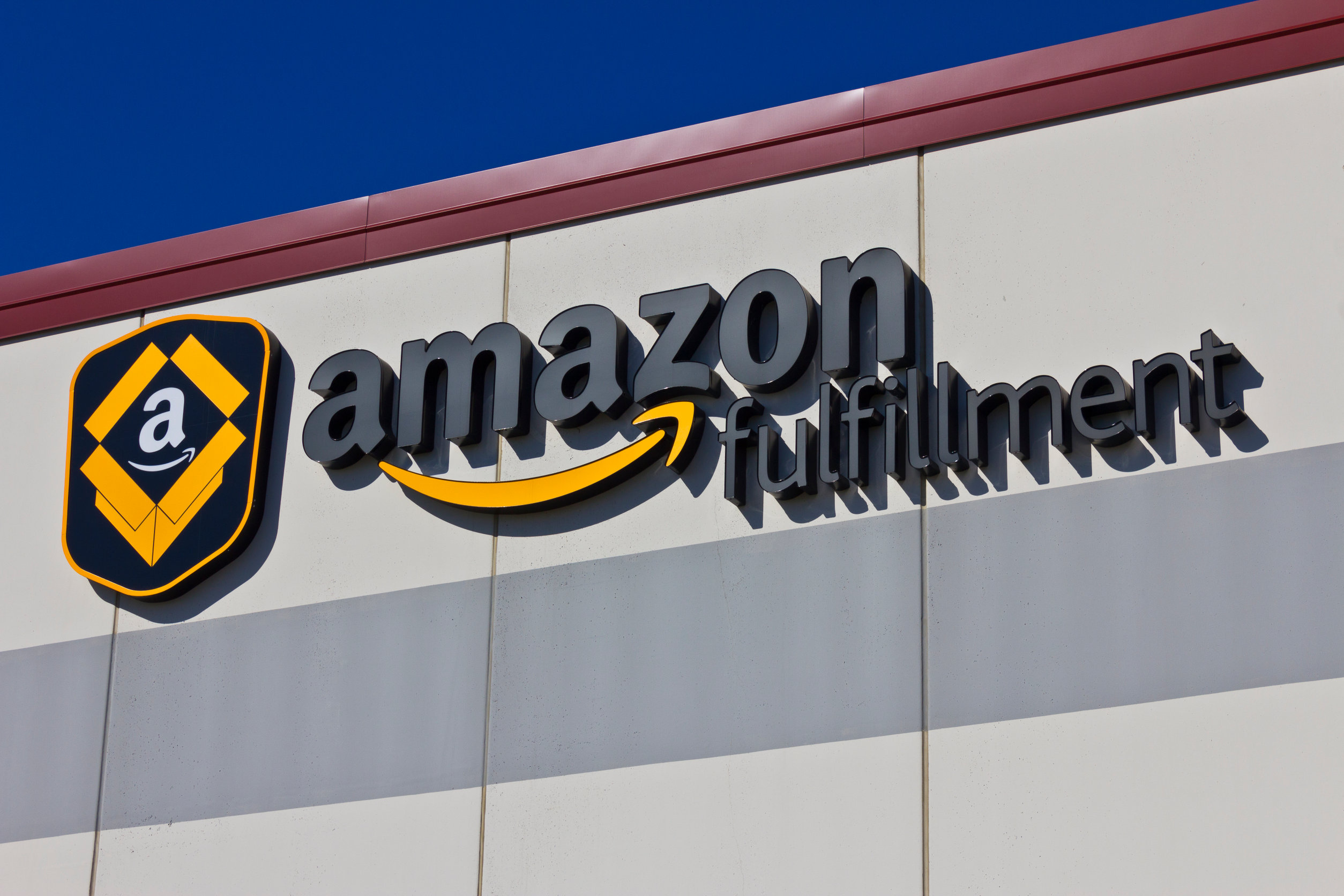Prior to 2006, if you wanted to sell online – whether on Amazon or anywhere else – you had to do your own warehousing and fulfillment. No matter the platform.
Then came the revolution. The Amazon revolution, that is, and with the launch of Amazon Fulfillment (FBA) in 2006 Amazon made it easy for anyone to ride the wave. By handling the full logistics of fulfillment, from warehousing to shipping to customer service, Amazon made it possible for anyone with a product to start selling online.
This was a tectonic shift in the ecommerce landscape.
In very short order Amazon Fulfillment, or FBA (Fulfillment by Amazon), became the service upon which so many Amazon sellers have come to rely.
FBA
Until that moment in history, if you wanted to sell a product online you were responsible for acquiring and holding the product until someone bought it, then it was up to you to ship and support it.
Nothing odd about that arrangement at the time. What other way was there?
Enter Amazon.
With FBA they introduced a whole new opportunity.
Fulfillment by Amazon (FBA) is a service that helps businesses grow by providing access to Amazon’s logistics network. Businesses send products to Amazon fulfillment centers and when a customer makes a purchase, we handle receiving, packing, shipping, customer service, and returns for those orders. Effective, reliable ecommerce fulfillment delights customers.”
Basically, you sell it, we ship it.
As a result of this shift Amazon now has one of the most advanced fulfillment networks in the world. With Fulfillment by Amazon (FBA), the seller’s products are shipped directly to, and stored in, Amazon’s fulfillment centers (an Amazon warehouse where incoming orders are received, stored, packed and shipped out to customers – you may even have seen them around), where Amazon picks, packs, ships, and provides customer service.
In most cases the Amazon seller never has to touch or even lay eyes on the products they’re selling.
For both small, independent entrepreneurs and large, multi-national companies, FBA rapidly became a way to help you scale your business and reach more customers.
And though it certainly helped everyone, it was the little guy who reaped the greatest benefits.
The Private Label Renaissance
Private Label, or sometimes White Label, has always been around, but never had it been this easy to do. With the introduction of Amazon Fulfillment, Amazon was now taking care of the most onerous tasks, freeing entrepreneurs to do the fun, much easier stuff.
Namely, crafting a brand, finding cool products to sell, and building a business.
Many jumped aboard.
A trend which only continued, as more and more people signed up and became Amazon sellers, either bringing their own ideas to the table and capitalizing on what FBA had to offer, or simply deciding they wanted to be an online entrepreneur and jumping in, hoping to find that next great product to sell.
During that period many collateral services sprang up to service the influx of online businesses and their needs. Everything from graphics design services (for new brands, packaging, etc.) to virtual assistants, certainly suppliers – this period saw a tremendous surge in sourcing, the process of looking for products to private label – all the way to all the usual things, both great and small, needed to run a business.
Not least of which, of course, were the rise of tools custom-built to help these new Amazon sellers succeed.
Minding The Store
Almost as soon as sellers started taking advantage of this new FBA thing, needs arose.
For starters, to manage your FBA account Amazon provides a service known as Seller Central. As an Amazon seller this is your online interface with all the services Amazon FBA provides, from product warehousing, to shipping, advertising, customer service and everything in between.
As with many such large organizations, it’s not the easiest thing to interact with.
The sheer amount of data to manage and the layout makes it … well, challenging is a good word. Add to that the fact that many sellers end up with dozens or even hundreds of products, and you have a recipe for confusion.
Seller Central has improved over the years, but Amazon’s FBA service has also expanded, and so it continues to present challenges to management.
Software tools like ManageByStats (in our case founded and developed by an actual Amazon seller, who experienced first-hand what was needed) stepped in to create software tools designed to help sellers easily oversee and manage an Amazon business.
And so a community of Amazon sellers expanded around the world to take advantage of this incredible new convenience, FBA, helping in their own way to drive the growth of the Amazon platform and all its global marketplaces.
Amazon wouldn’t be where they are today without us.
Bringing It Home
This is the age of ecommerce.
Interestingly in-person retail is experiencing a resurgence, which is a good sign – people are still interested in going out and being amongst other people to shop and lay hands on actual merchandise – but shopping online is only getting bigger.
Which means there’s never been a better time to take advantage of Amazon Fulfillment. The Golden Age of easy start-ups on Amazon for brand-new online entrepreneurs may be in the past, but that only means the opportunities are ripe for those willing to get in there and pitch.
If you’re looking to build an online business, Amazon Fulfillment, or FBA, may just be the opportunity you’re looking for.
To your selling success.
Image Source: ©jetcityimage/123RF.COM





